Best movies like Louis Lumière
A unique, carefully handpicked, selection of the best movies like Louis Lumière Starring Jean Renoir, Henri Langlois, Éric Rohmer, and more. If you liked Louis Lumière then you may also like: Workers Leaving the Lumière Factory, Baby's Meal, The Angel, The Arrival of a Train at La Ciotat, Boat Leaving the Port and many more popular movies featured on this list. You can further filter the list even more or get a random selection from the list of similar movies, to make your selection even easier.
Eric Rohmer leads a conversation with Jean Renoir and Henri Langlois on the art of filmmaker Louis Lumière.
You may filter the list of movies on this page for a more refined, personalized selection of movies.
Still not sure what to watch click the recommend buttun below to get a movie recommendation selected from all the movies on this list
Baby's Meal
A father, a mother and a baby are sitting at a table, on a patio outside. Dad is feeding baby his lunch, while mum is serving tea.
The Angel
The climbing of an immense staircase made up of the most varied stairs- Symbolic scenes occur on different levels where characters seem to be prisoners of their deeds and of their own folly. The steep staircase leads little by little towards the zones of great light where human beings and nonhuman beings meet.
The Arrival of a Train at La Ciotat
Likely in June 1897, a group of people are standing along the platform of a railway station in La Ciotat, waiting for a train. One is seen coming, at some distance, and eventually stops at the platform. Doors of the railway-cars open and attendants help passengers off and on. Popular legend has it that, when this film was shown, the first-night audience fled the café in terror, fearing being run over by the "approaching" train. This legend has since been identified as promotional embellishment, though there is evidence to suggest that people were astounded at the capabilities of the Lumières' cinématographe.
Boat Leaving the Port
In very bad weather and a stormy sea, a small boat manned by two men is trying to leave the harbor of La Ciotat, while several people are watching them from the nearby pier.
Boudu Saved from Drowning
Michel Simon gives one of the most memorable performances in screen history as Boudu, a Parisian tramp who takes a suicidal plunge into the Seine and is rescued by a well-to-do bookseller, Edouard Lestingois. The Lestingois family decides to take in the irrepressible bum, and he shows his gratitude by shaking the household to its foundations. With Boudu Saved from Drowning, legendary director Jean Renoir takes advantage of a host of Parisian locations and the anarchic charms of his lead actor to create an effervescent satire of the bourgeoisie.
A Day in the Country
The family of a Parisian shop-owner spends a day in the country. The daughter falls in love with a man at the inn, where they spend the day.
Hitchcock/Truffaut
Filmmakers discuss the legacy of Alfred Hitchcock and the book “Hitchcock/Truffaut” (“Le cinéma selon Hitchcock”), written by François Truffaut and published in 1966.
Love in the Afternoon
The last of Rohmer's Six Moral Tales. Frederic leads a bourgeois life; he is a partner in a small Paris office and is happily married to Helene, a teacher expecting her second child. In the afternoons, Frederic daydreams about other women, but has no intention of taking any action. One day, Chloe, who had been a mistress of an old friend, begins dropping by his office. They meet as friends, irregularly in the afternoons, till eventually Chloe decides to seduce Frederic, causing him a moral dilemma.
Madame Bovary
Soon after the death of his first wife (whose dowry was inadequate), Charles Bovary, a country doctor in Normandy, marries Emma Rouault. In her new home, Emma finds conflict with her mother-in-law, a husband uninterested in the social whirl, and general discontentment; thereby proving an easy conquest for philanderer Rodolphe. Other lovers follow. Does tragedy await?
La Marseillaise
A film about the early part of the French Revolution, shown from the eyes of the citizens of Marseille, counts in German exile and, of course, the king Louis XVI, each showing their own small problems.
The Mystery of Picasso
Using a specially designed transparent 'canvas' to provide an unobstructed view, Picasso creates as the camera rolls. He begins with simple works that take shape after only a single brush stroke. He then progresses to more complex paintings, in which he repeatedly adds and removes elements, transforming the entire scene at will, until at last the work is complete.
Fishing for Goldfish
A man, holding a baby up in his hands, is standing next to a fishbowl. The baby is trying, in vain, to catch a goldfish with his bare hands.
Suzanne’s Career
In the second of Rohmer's moral tales, he examines the relationship between two friends and a girl who at first appears easily exploited. It is a complex tale of feelings and misconceptions, acted out within the head of the main character, as part of Rohmer's attempt to more easily simulate the mindscape quality of literature within a film.
A Tale of Springtime
The story of an introverted young girl just reaching adulthood who takes a liking to an older woman she meets at a party and determines to match her off with her father, despite the latter's already having a lover of his own.
Too Early / Too Late
Inspired by a letter by Friedrich Engels and a 1974 account of two militant Marxist writers who had been imprisoned by the Nasser regime, Straub-Huillet filmed this film in France and Egypt during 1980. They reflect on Egypt’s history of peasant struggle and liberation from Western colonization, and link it to class tensions in France shortly before the Revolution of 1789, quoting texts by Engels as well as the pioneering nonfiction film Workers Leaving the Lumière Factory (1895).
Paris Can Wait
A woman at a crossroads traveling to Cannes along with her successful film producer husband, finds herself on a two-day road trip with his business associate. What follows is a carefree journey replete with diversions involving picturesque sites, fine food and wine, humor, wisdom and romance - reawakening Anne's senses and a new lust for life.
Luchino Visconti: Between Truth and Passion
Forty years after his death, this documentary pays tribute to one of the major filmmakers of Italian cinema, to an original work that continues to inspire today's cinema. Coming from one of the greatest families of the Italian aristocracy, he could have been a rich and cultured man, living in opulence and idleness, but Luchino wanted a different destiny. This is the story that director Elisabeth Kapnist and Christian Dumais-Lvowski wanted to tell. Count Visconti di Modrone wears the clothes of a legend that he never stopped shaping throughout his life. This documentary reconstructs the fabric of a brilliant life, dedicated to art; theater, opera, and cinema. This artistic work is also that of a committed man, who was a fellow traveler of the Communist Party, and who resisted fascism.
The Three Musketeers
Young d'Artagnan leaves Gascony for Paris where he hopes to become a Musketeer of the Guard. He does meet three Musketeers, Athos, Porthos and Aramis, but totally by chance and for... a duel against them! But he soon befriends them and follows them in their adventures, notably on a secret mission to uncover a plot contrived against the Queen by Cardinal Richelieu.
Matisse voyageur, en quête de lumière
On the occasion of the 150th anniversary of Matisse's birth and of the exhibition at the Center Pompidou which will be dedicated to him in 2020, this art documentary brings us back to life of the journeys made by Matisse that influenced his art. And particularly his last trip to Polynesia in 1930 which will bring him to the threshold of contemporary art with the invention of his gouache cut-out papers.
Jacques Brel, fou de vivre
Presents archival material as well as interviews with those who were close to Jacques Brel, who died way too young, at age 49. Jacques Brel sings "Madeleine" over the opening credits of this film and immediately the audience is drawn into the intense theatricality of his performance. Left without a choice, they follow his lead, join the chanson and are left sweaty and breathless, just like Brel. Philippe Kohly, a documentary filmmaker who is renowned for profiling artists, created a fascinating portrait of the legendary singer of Flemish descent who became a master of French chanson.
Citizen Langlois
This French documentary pays homage to a young man whose passion left a rich and valuable legacy to the world of cinema. Henri Langlois was one of the co-founders of the Cinematheque Francaise, a museum which contains many rare artifacts from early cinema as well as one of the most extensive film archives in the world. This documentary will be most meaningful for those already familiar with Langlois' story. Through old film clips and interviews, Langlois is seen as an eccentric but charismatic young visionary obsessed with preserving and locating old films. Filmmaker Edgardo Cozarinsky uses scenes from Citizen Kane to compare the portly iconoclast to Charles Foster Kane, in that both Langlois and Welle's fictional newspaper magnate where avid collectors, and both were men of mystery.
Fred Baker - filmmaker
The house he lived In: A conversation with Fred Baker (1932-2011) filmmaker , director , screenwriter , film producer, actor and jazz musician. A shining example of America's bohemian underground that has been around since the days of Walt Whitman. A sensualist. His favorite topics are sex, art, food and politics. To the rhythm of New York and Lenny Bruce.
Six in Paris
Six vignettes set in different sections of Paris, by six directors. St. Germain des Pres (Douchet), Gare du Nord (Rouch), Rue St. Denis (Pollet), and Montparnasse et Levallois (Godard) are stories of love, flirtation and prostitution; Place d'Etoile (Rohmer) concerns a haberdasher and his umbrella; and La Muette (Chabrol), a bourgeois family and earplugs.
The Sad Sack
The tale of a rich, flaky poet and his servant who both join the army and wind up in the same barracks.
Godard Cinema
Jean-Luc Godard is cinema, its quintessence. Just turned 91, he has made more than 140 films. We hate him as much as we worship him. Where does his aura come from? From legendary films of course, but also from Godard himself.
Jean Renoir: Part One - From La Belle Époque to World War II
Part one of a BBC documentary about Jean Renoir.
Jean Renoir: Part Two - Hollywood and Beyond
The second part of a BBC documentary on the latter half of the career of French director Jean Renoir.
Les Contes secrets ou les Rohmériens
Les Contes Secrets ou les Rohmériens features interviews with 16 actors who have appeared in Rohmer's films, and they talk on camera about his unusual working methods, his personality, and his spare but evocative signature style. Among the thespians who share their memories are Jean-Louis Trinitignant, Marie-Christine Barrault, Zouzou, Jean-Claude Brialy, Béatrice Romand, Françoise Fabian, and Andre Dussolier; the film also includes rare footage of Rohmer himself at work on the set of his 1978 effort Perceval.
In the Shadow of Women
Pierre and Manon are poor. They make documentaries with nothing and they live by doing odd jobs. Pierre meets a young intern, Elisabeth, and she becomes his mistress. But Pierre will not leave Manon for Elisabeth; he wants to keep both.
The Doctor's Horrible Experiment
Dr. Cordelier, living in a suburb of Paris, withdraws from society to pursue research into the functioning of the human brain. His lifelong friend, Maître Joly, becomes concerned when Cordelier draws up a will that bequeaths his entire estate to a stranger, Monsieur Opale; he cannot understand why Cordelier defends him, considering Opale attacks women and children. After a colleague is killed, Joly confronts Cordelier and discovers the truth behind his friend's behavior.
Life Is Ours
A propaganda film of the communist party of France, showing how the comrades help the proletariat against the capitalists.
Lumière
Sarah, an actress nearing her forties, has invited 3 friends to join her for a holiday in Provence. This is the prologue for what happened a year ago in Paris with a man Sarah had long considered a platonic friend. She had just finished a film, had also finished her relationship with the director and was about to receive an award…
Madame et le mort
A person who had usurped the identity of a famous writer of detective stories was killed in the train. Why and by whom?













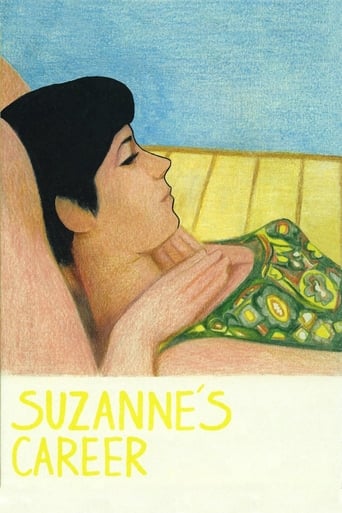



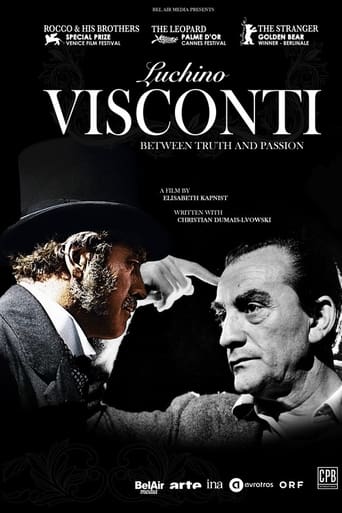






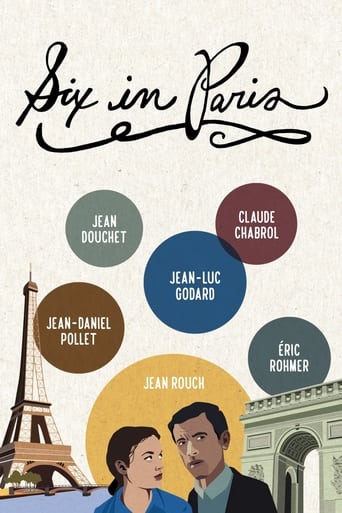











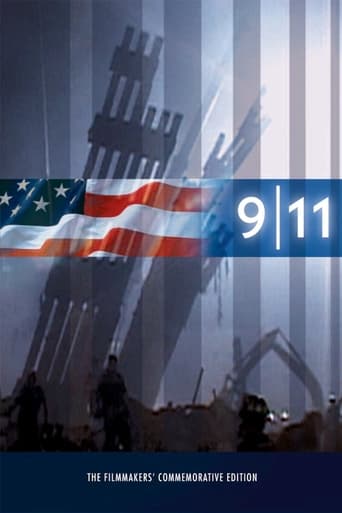

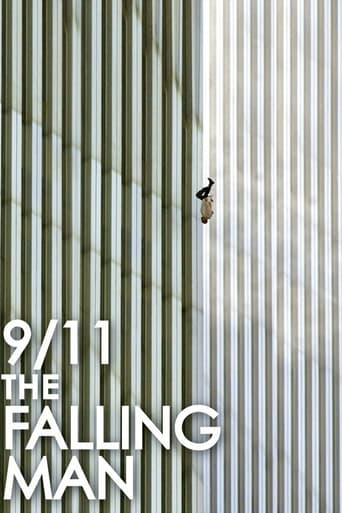
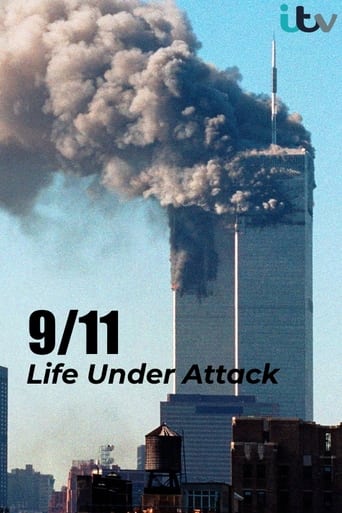
Workers Leaving the Lumière Factory
Working men and women leave through the main gate of the Lumière factory in Lyon, France. Filmed on 22 March 1895, it is often referred to as the first real motion picture ever made, although Louis Le Prince's 1888 Roundhay Garden Scene pre-dated it by seven years. Three separate versions of this film exist, which differ from one another in numerous ways. The first version features a carriage drawn by one horse, while in the second version the carriage is drawn by two horses, and there is no carriage at all in the third version. The clothing style is also different between the three versions, demonstrating the different seasons in which each was filmed. This film was made in the 35 mm format with an aspect ratio of 1.33:1, and at a speed of 16 frames per second. At that rate, the 17 meters of film length provided a duration of 46 seconds, holding a total of 800 frames.